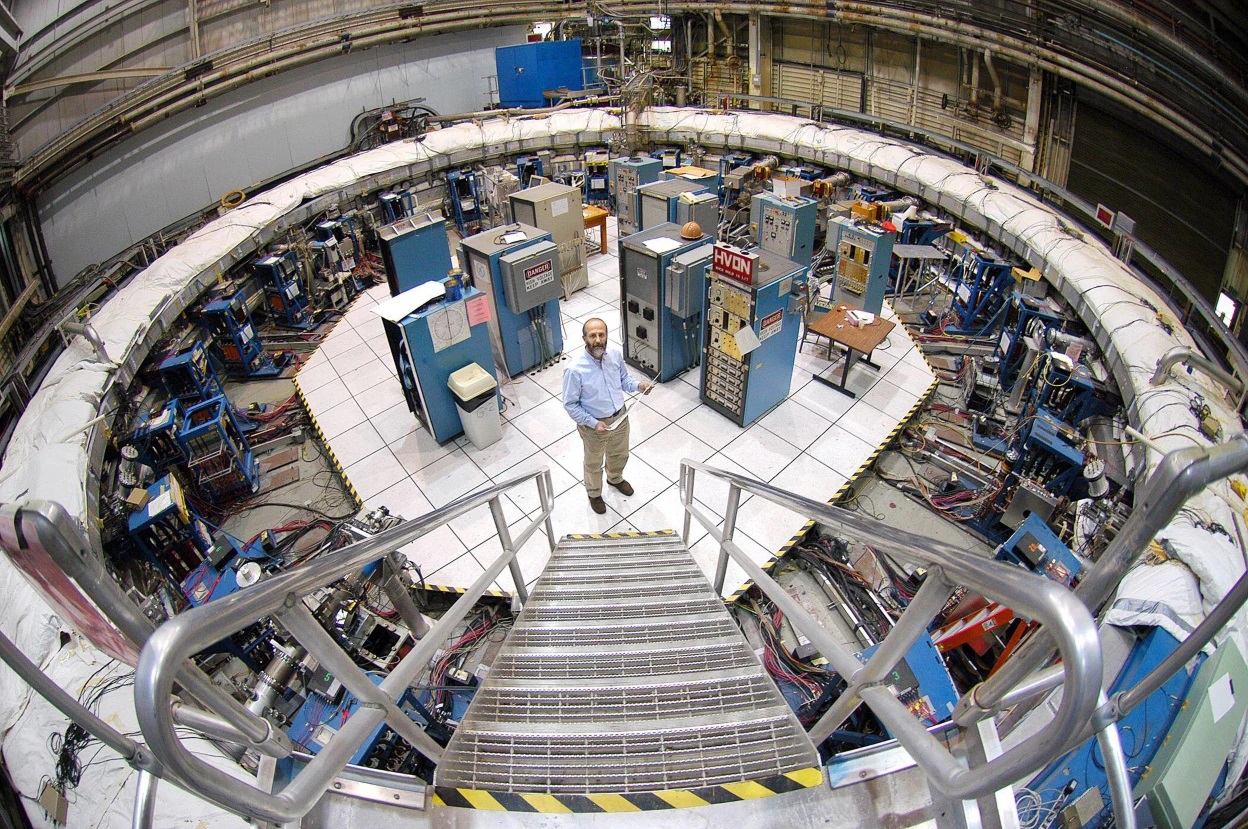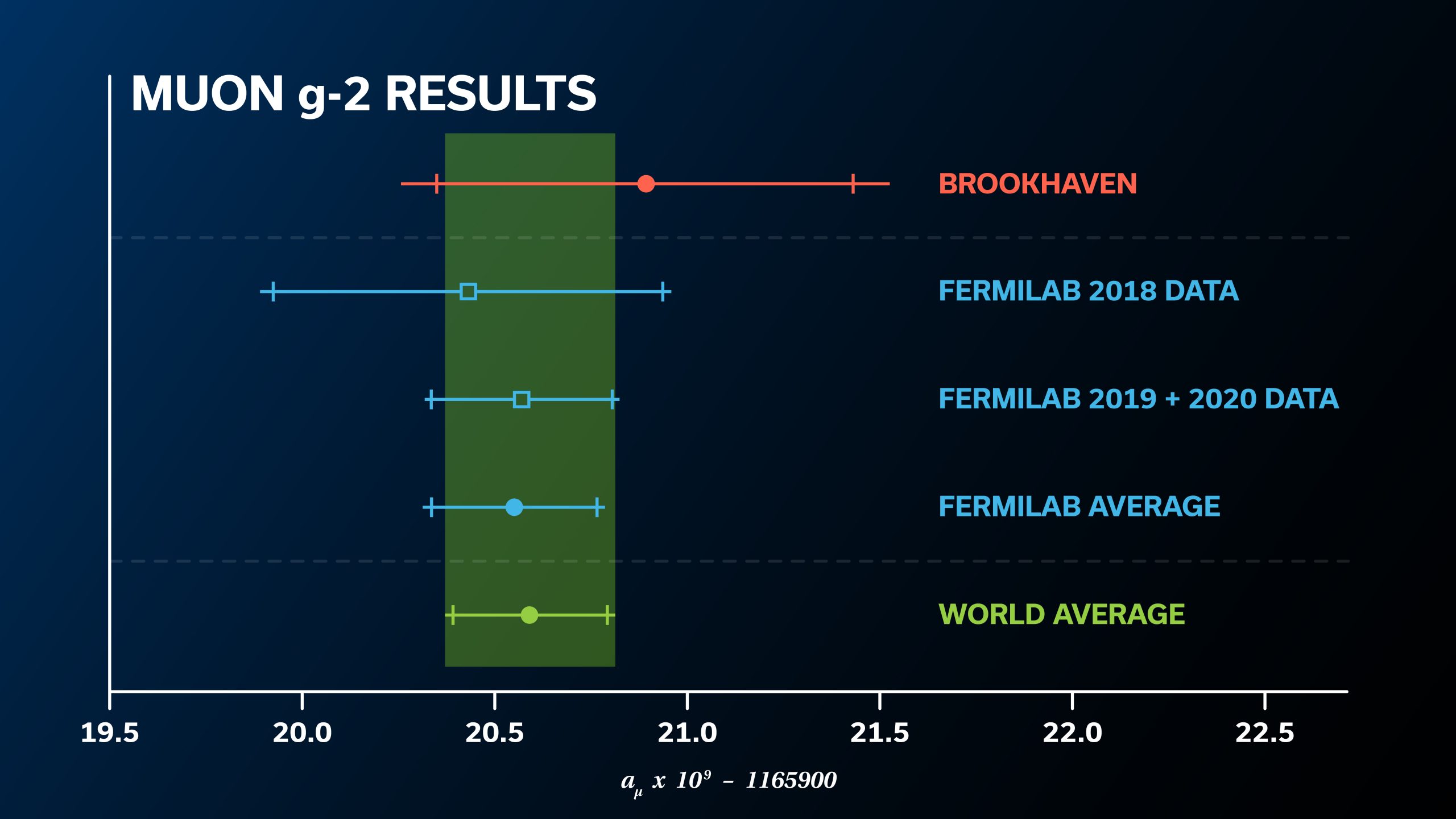주메뉴
- About IBS 연구원소개
-
Research Centers
연구단소개
- Research Outcomes
- Mathematics
- Physics
- Center for Underground Physics
- Center for Theoretical Physics of the Universe (Particle Theory and Cosmology Group)
- Center for Theoretical Physics of the Universe (Cosmology, Gravity and Astroparticle Physics Group)
- Dark Matter Axion Group
- Center for Artificial Low Dimensional Electronic Systems
- Center for Theoretical Physics of Complex Systems
- Center for Quantum Nanoscience
- Center for Exotic Nuclear Studies
- Center for Van der Waals Quantum Solids
- Center for Relativistic Laser Science
- Chemistry
- Life Sciences
- Earth Science
- Interdisciplinary
- Center for Neuroscience Imaging Research (Neuro Technology Group)
- Center for Neuroscience Imaging Research (Cognitive and Computational Neuroscience Group)
- Center for Algorithmic and Robotized Synthesis
- Center for Nanomedicine
- Center for Biomolecular and Cellular Structure
- Center for 2D Quantum Heterostructures
- Institutes
- Korea Virus Research Institute
- News Center 뉴스 센터
- Career 인재초빙
- Living in Korea IBS School-UST
- IBS School 윤리경영


주메뉴
- About IBS
-
Research Centers
- Research Outcomes
- Mathematics
- Physics
- Center for Underground Physics
- Center for Theoretical Physics of the Universe (Particle Theory and Cosmology Group)
- Center for Theoretical Physics of the Universe (Cosmology, Gravity and Astroparticle Physics Group)
- Dark Matter Axion Group
- Center for Artificial Low Dimensional Electronic Systems
- Center for Theoretical Physics of Complex Systems
- Center for Quantum Nanoscience
- Center for Exotic Nuclear Studies
- Center for Van der Waals Quantum Solids
- Center for Relativistic Laser Science
- Chemistry
- Life Sciences
- Earth Science
- Interdisciplinary
- Center for Neuroscience Imaging Research (Neuro Technology Group)
- Center for Neuroscience Imaging Research (Cognitive and Computational Neuroscience Group)
- Center for Algorithmic and Robotized Synthesis
- Center for Nanomedicine
- Center for Biomolecular and Cellular Structure
- Center for 2D Quantum Heterostructures
- Institutes
- Korea Virus Research Institute
- News Center
- Career
- Living in Korea
- IBS School
News Center
| Title | Shaking the Standard Model to its core – muon g-2 experiment | ||
|---|---|---|---|
| Embargo date | 2023-09-18 14:49 | Hits | 850 |
| Press release |
 muon g-2.docx
muon g-2.docx
|
||
| att. | |||
Shaking the Standard Model to its core – muon g-2 experiment
The US Fermi National Accelerator Laboratory (Fermilab) has unveiled the newest results from the muon g-2 experiment. The goal of this ambitious experiment, which had a major input and impact from the Institute for Science Center for Axion and Precision Physics Research (IBS-CAPP), was to achieve the most precise measurement of a muon’s magnetic moment. By comparing the experimentally obtained value against theoretical prediction, the physicists sought to put the 'Standard Model', the cornerstone of modern particle physics, to the test. Muons, a class of particles similar to electrons but 207 times heavier, are produced during energetic particle collision events. The muons were first discovered in 1936 during the study of cosmic rays that bombard the Earth’s atmosphere. According to the Standard Model, muons are considered one of the 17 fundamental particles that make up the ordinary matter in the universe. The theoretical value of a muon’s magnetic moment should be ‘2’, according to the Standard Model. However, the model also predicts that the experimentally measured value will be slightly higher due to the emergence of ‘virtual particles’ that arise spontaneously in the vacuum. This deviation between these two values is called g-2, which is predicted to be 0.00233183620 according to the Standard Model. The precise measurement of this value is the goal of Fermilab’s experiment. The latest Muon g-2 experiment obtained the most accurate results up to date by encompassing five times more muon particles (400 billion) than last year’s announcement. The result so far showed a g-2 factor of 0.00233184110, which is marginally exceeding the value predicted by the Standard Model.
After 6 years of data collection, the Fermilab finally shut down the muon beam, gathering 21 times more data than the previous Brookhaven experiment. However, Fermilab has not definitively concluded whether this experiment's results necessitate the revision of the current Standard Model, citing there are still additional steps needed to curate the data. It is expected that the refinement of the muon's g-factor will be continued until 2025, which will mark the final showdown between the experiment and the Standard Model. Director Yannis SEMERTZIDIS of the IBS-CAPP has served as a researcher overseeing the electrostatic focusing system of the muon storage ring in the Brookhaven Experiment in 2001. Even after being appointed as the Director of IBS-CAPP, he continued to participate in the Fermilab experiment by providing crucial expertise in designing the experimental apparatus. |
|||
| Next | |
|---|---|
| before |
- Content Manager
- Communications Team : Kwon Ye Seul 042-878-8237
- Last Update 2023-11-28 14:20













